You’re finally ready to buy your own home! One of the most important factors that determine how much you have to repay is the home loan interest rate. Different lenders offer a variety of rates: a fixed interest rate, a variable interest rate, or a board rate. Knowing which interest rate type is the best for you can save you a lot of money over the course of your mortgage journey.
Interest Rate Types
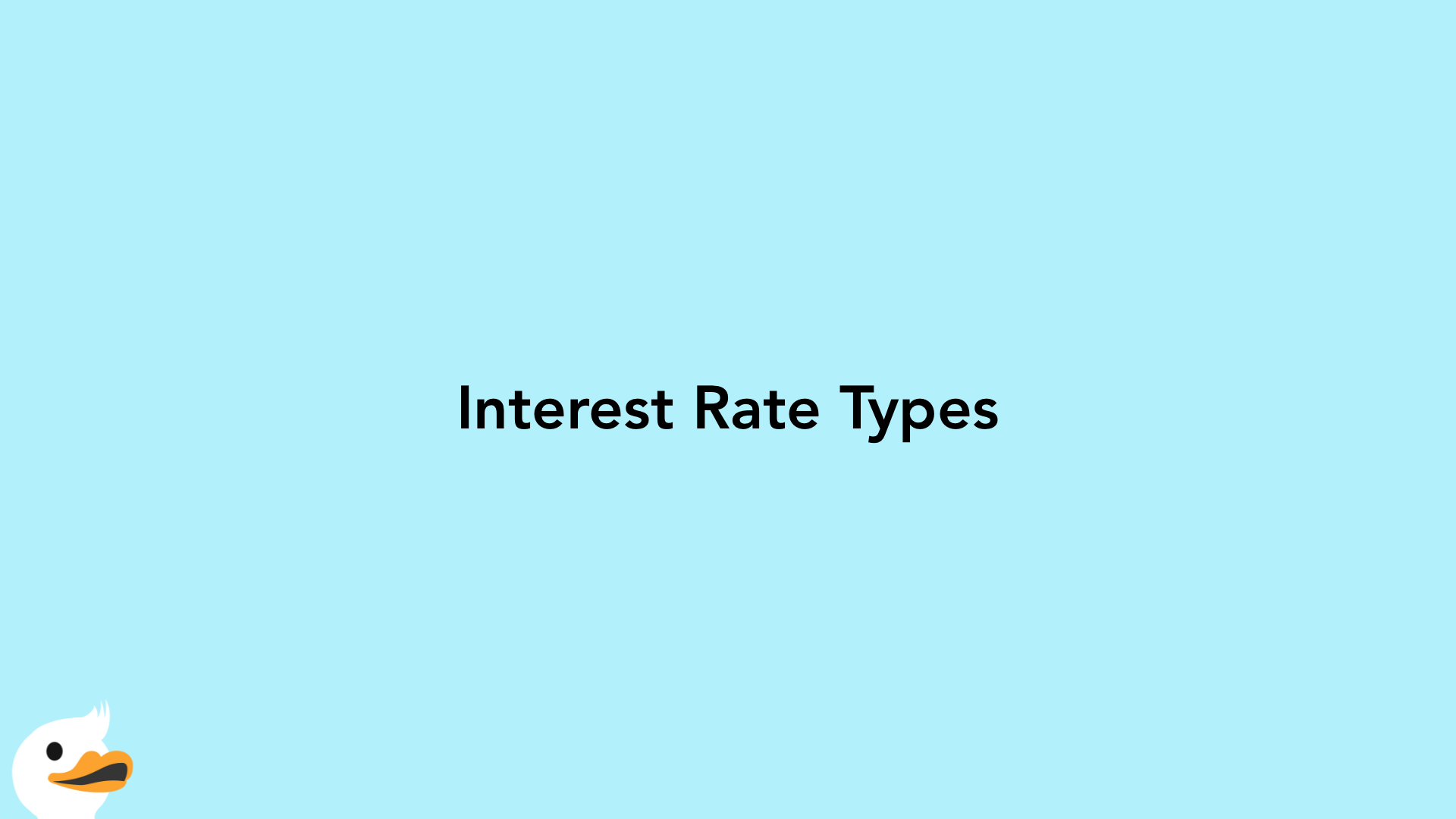
There are 3 basic types of interest rates.
The fixed rate is when your rate is locked in. You’ll pay the same interest rate over the period of your fixed loan. There are no surprises and you can calculate your mortgage payment with confidence. However, the drawback is that fixed rate packages are usually priced higher than the other rates. You would choose this option if you anticipate interest rates to go up.
The variable rate has more of a risk. You may pay a lower interest rate for the first few years of your loan. However, after that, this is where your rate becomes variable. Your rate is adjusted based on the benchmark interest rate that changes periodically. You would choose this option if you anticipate interest rates to fall in the future.
The floating board rate is determined by the bank at any given time. It is similar to the variable rate, but your interest rate is essentially tied to the bank. It is calculated based on the benchmark interest rate plus a “spread,” which is the bank’s profit. As a result, your monthly payment will vary, as the interest rates vary. You would choose this option if you anticipate the interest rates to stay low.
Type of Property
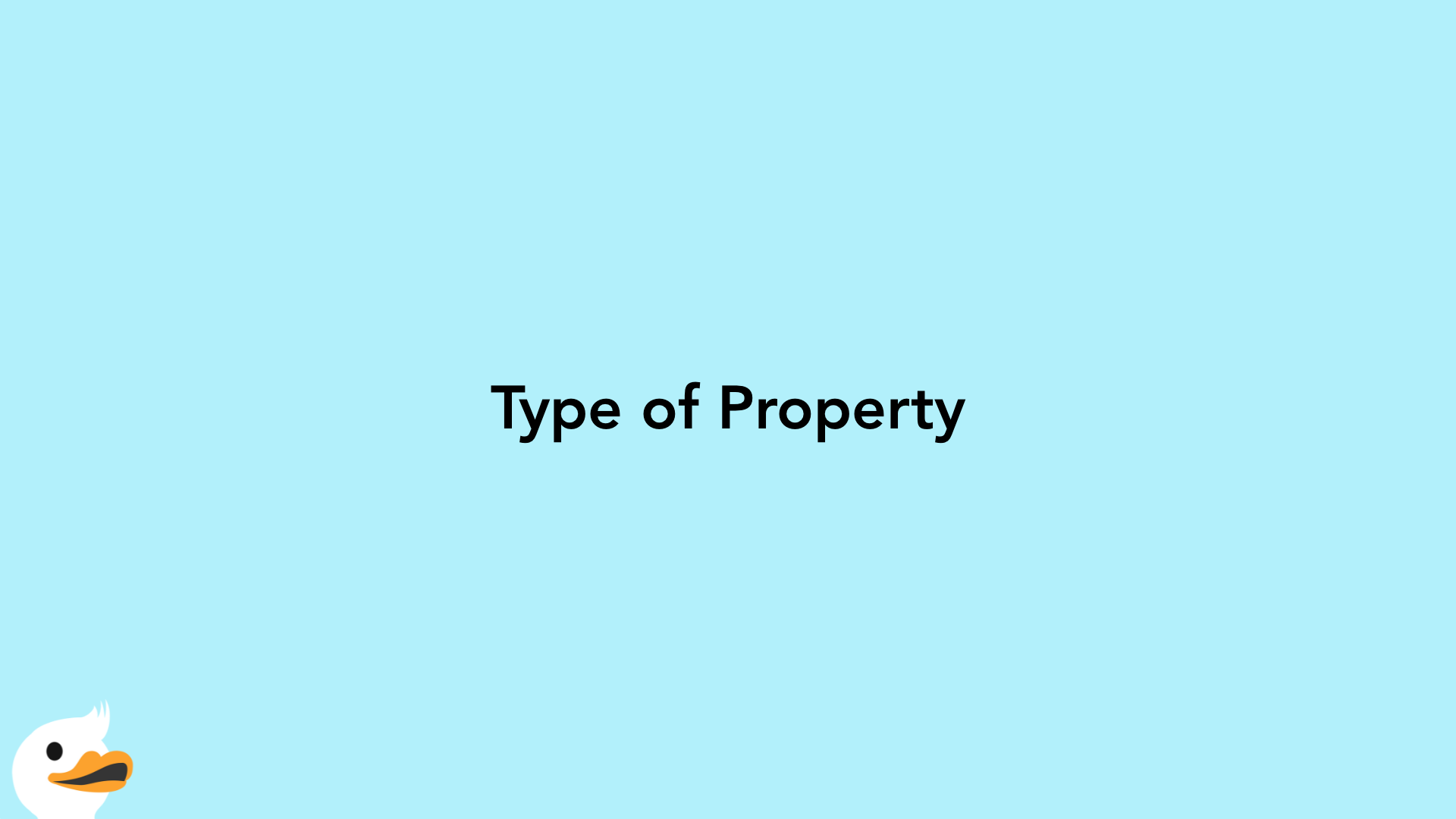
The types of loan packages and interest rates available to you vary depending on the type of property you plan to purchase. For most people, your property is either under construction or is already completed. We will examine what the interest rates are for each scenario.
Property Under Construction
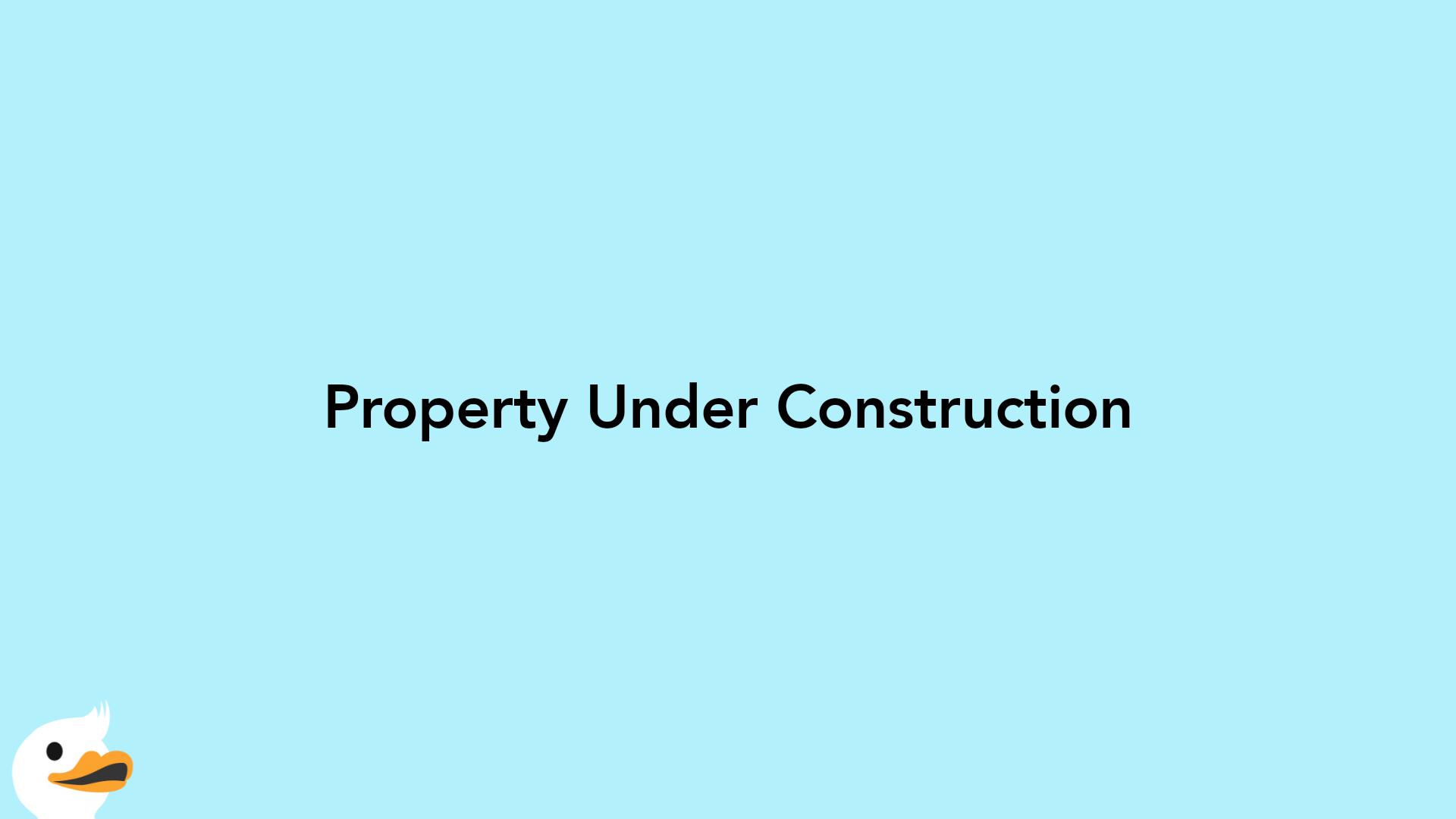
With most HDB Built-To-Order flats, buyers usually take out an HDB concessionary loan. The loan interest rate is currently at 2.6% and has remained at this number for several years. Of course, this loan has eligibility requirements, such as a household income limit.
On the other hand, if you opt to find your own bank loan, uncompleted properties usually imply a higher risk. Therefore, many banks only offer floating rate packages.
Floating rates can either be locked in or not locked in. A floating rate home loan that is locked in means that you cannot leave the bank during that period of time. However, the bank can still change the interest rate during this period. Fortunately, banks may not enforce this lock-in period. Instead, there are usually penalties, such as a cancelation fee, if you try to make any changes or switch home loans while the property is still under construction.
Completed Property
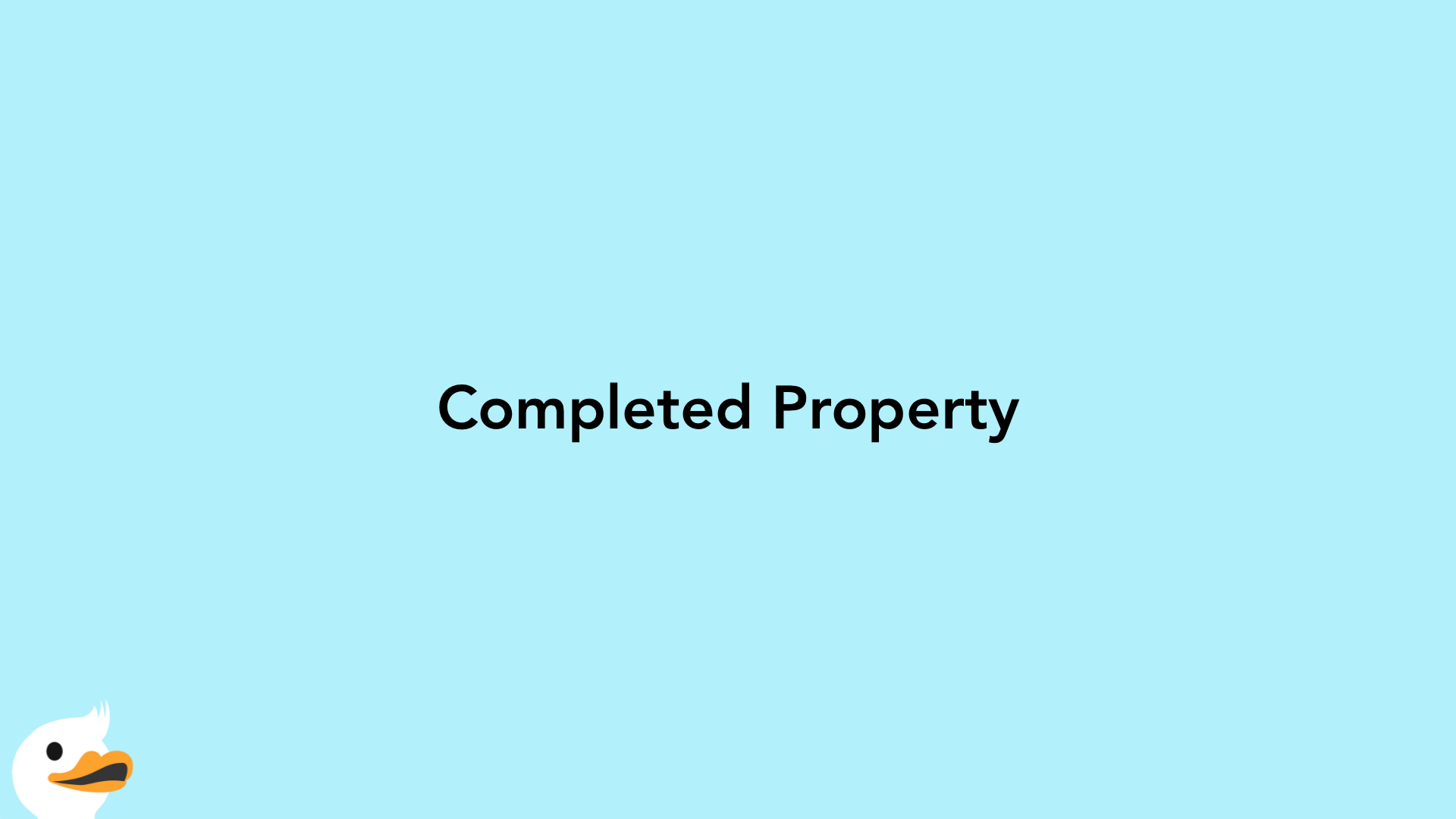
Completed properties have the most options when it comes to home loan packages. You have access to all 3 rate types: fixed, variable, and floating. Choosing which rate package is best for you boils down to your risk profile and your cash flow.
Fixed interest rates are appealing to buyers who like stability. Despite the slightly higher interest rate, your monthly payment will not fluctuate during the fixed period. After the fixed period is over, the rate becomes variable.
Floating rates are appealing to buyers who have looked at the market and expect interest rates to go down or stay low. In general, the floating rate is lower than the fixed rate, which can help reduce the overall cost for the borrower. Plus, there is always a chance that the interest rate may fall even more!
Let’s run a scenario. You take out a $400,000 loan with a loan tenure of 25 years. You get a 2-year fixed package. So for the first 2 years, your interest rate is locked in at 2.18%. Your monthly payment is $1,731. That’s easy to budget for! The 3rd year and going forward, your rate is now variable. Your interest rate for year 3 is 2.38% and then your rates increase to 2.58%. For your $400,000 loan, your total repayment would be $540,786.
Now let’s see that exact scenario with a floating board package. If everything stays the same and the market is stable, your interest rate is 2.08%. Your monthly payment is $1,711. For your $400,000 loan, your total repayment would be $513,312. You’ve made out like a bandit!
On the other hand, another floating board package could result in a different total repayment. With the exact same scenario, if your interest rate fluctuated, you may end up paying a great deal more. For example, your 1st year interest rate could be 1.95%. This is the lowest rate in our scenarios. However, in your loan’s 3rd year, your interest rate rises to 2.15% and then to 3.38%. At the end of the 25 year loan tenure, your total repayment would be $583,041.
Final Thoughts
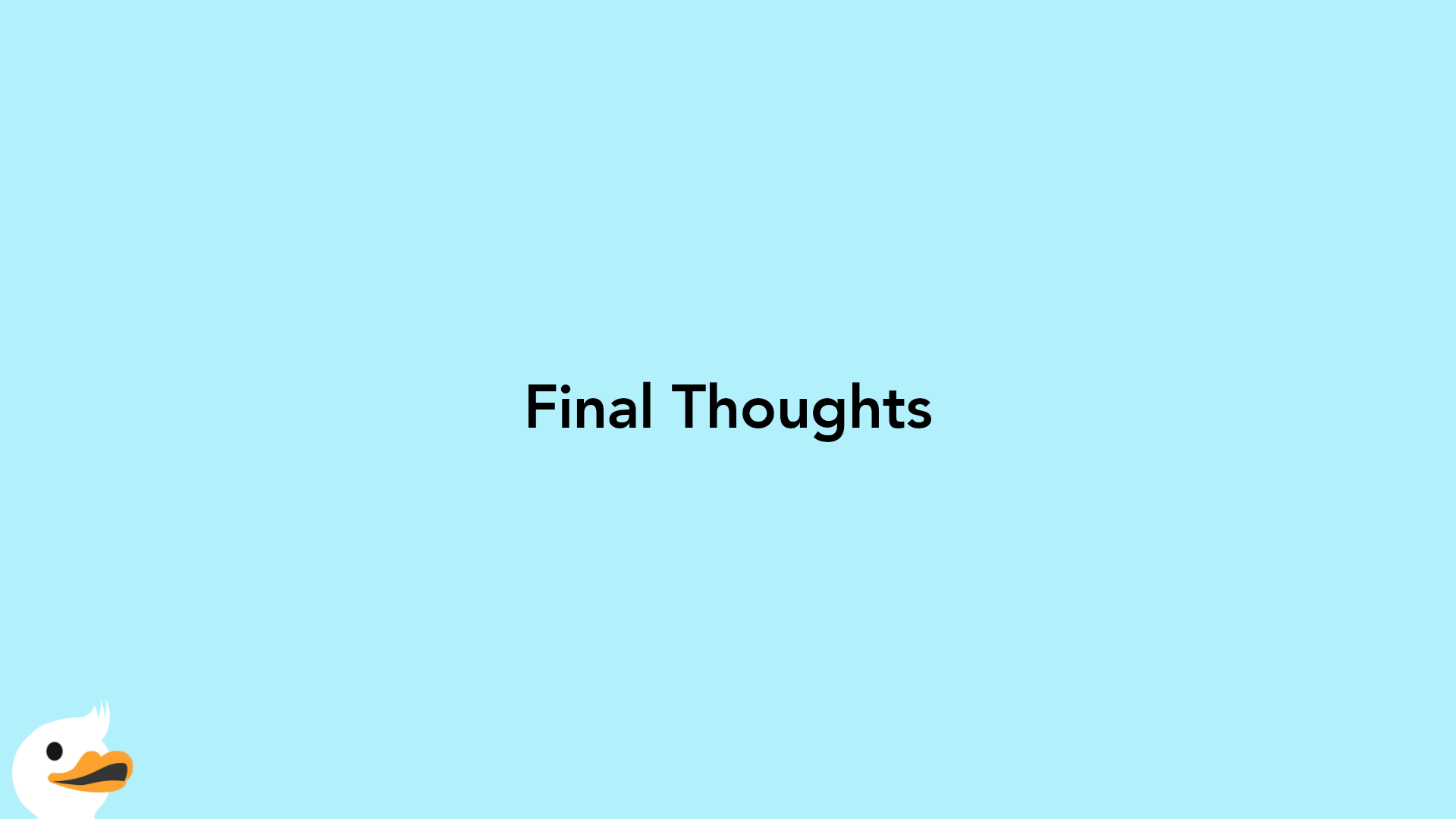
Qualifying for the best interest rate and getting the loan that is best for your financial and family situation will take some planning. Buying a home is a big step, but it is not impossible!

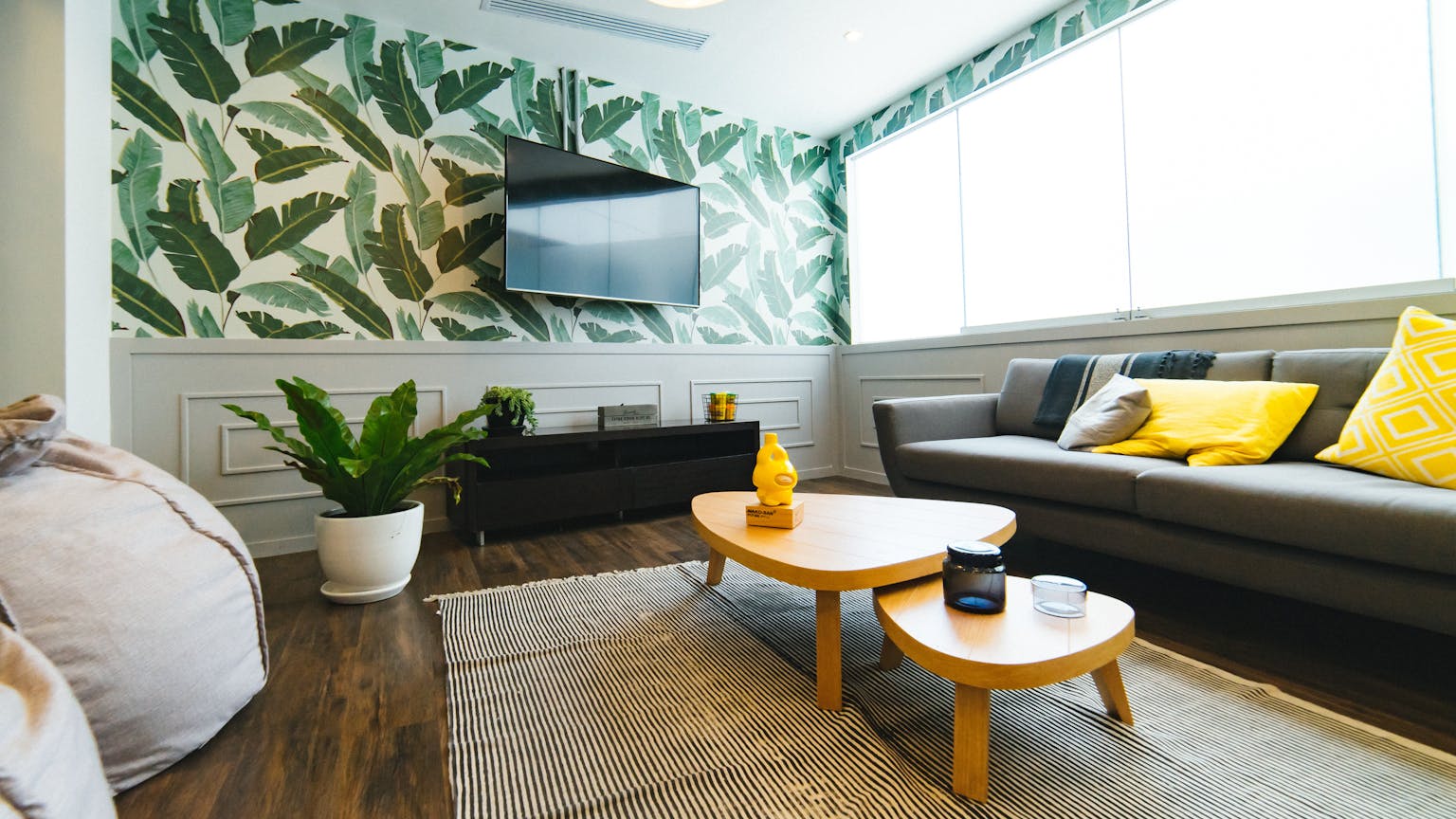


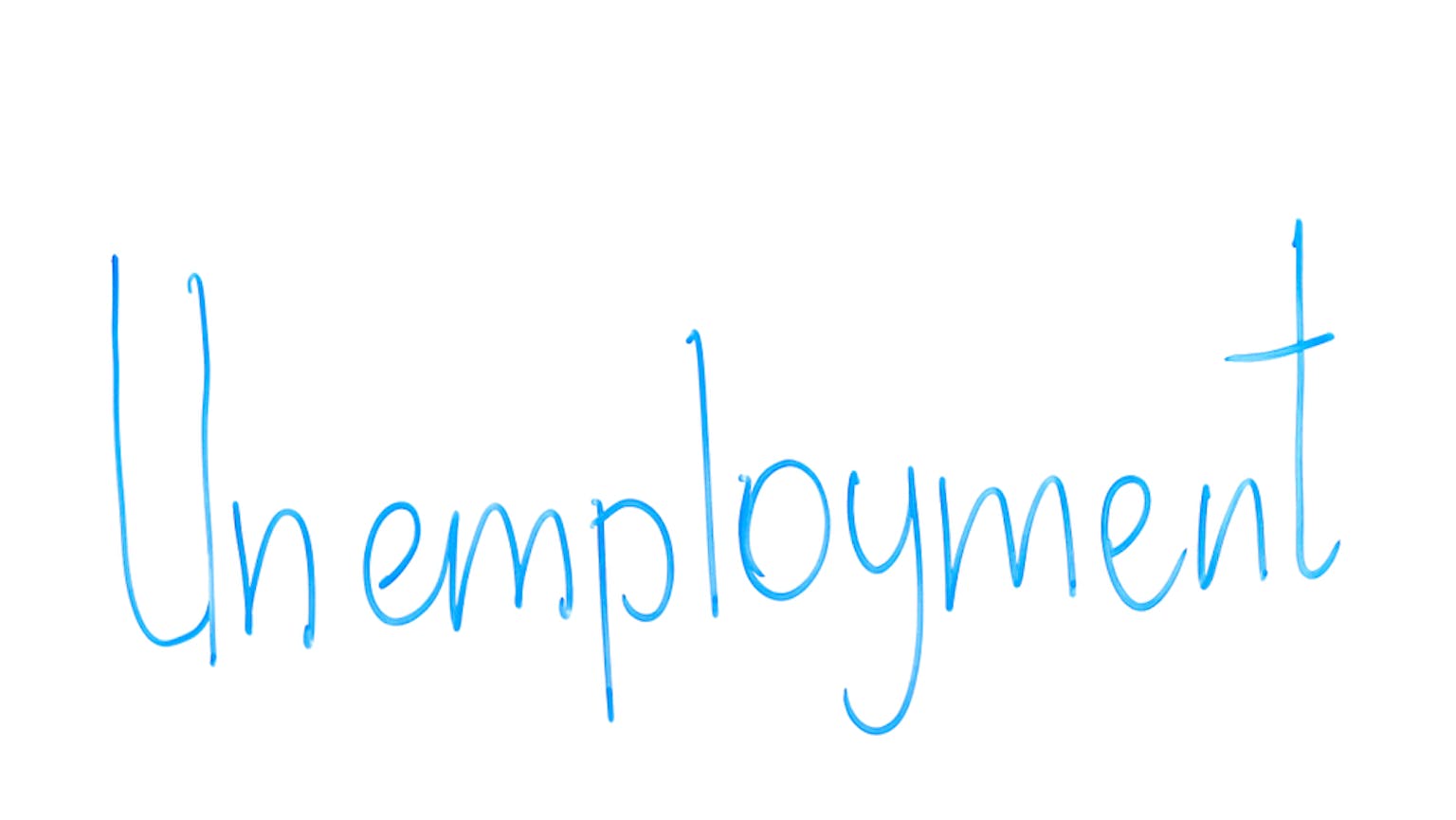
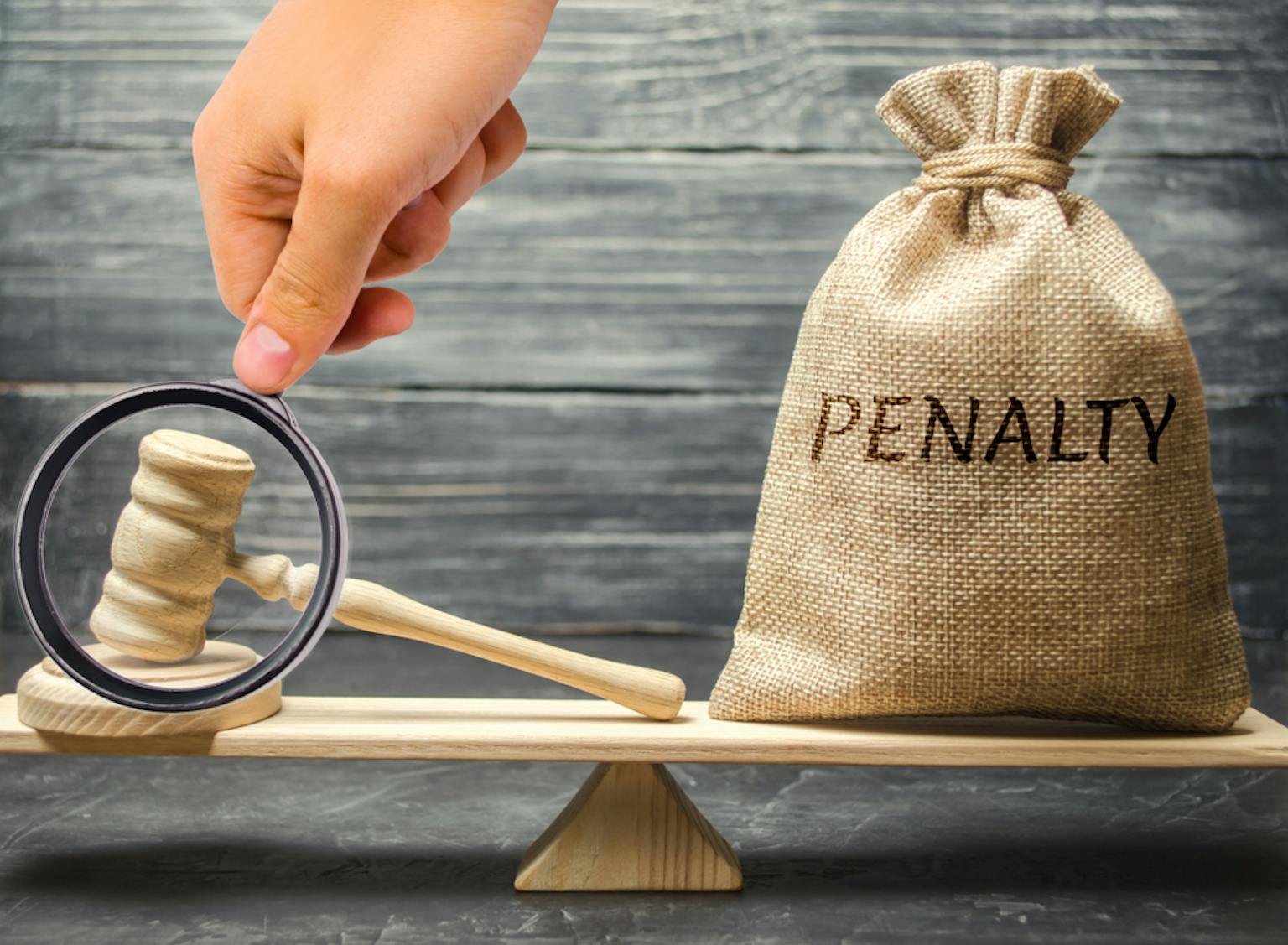
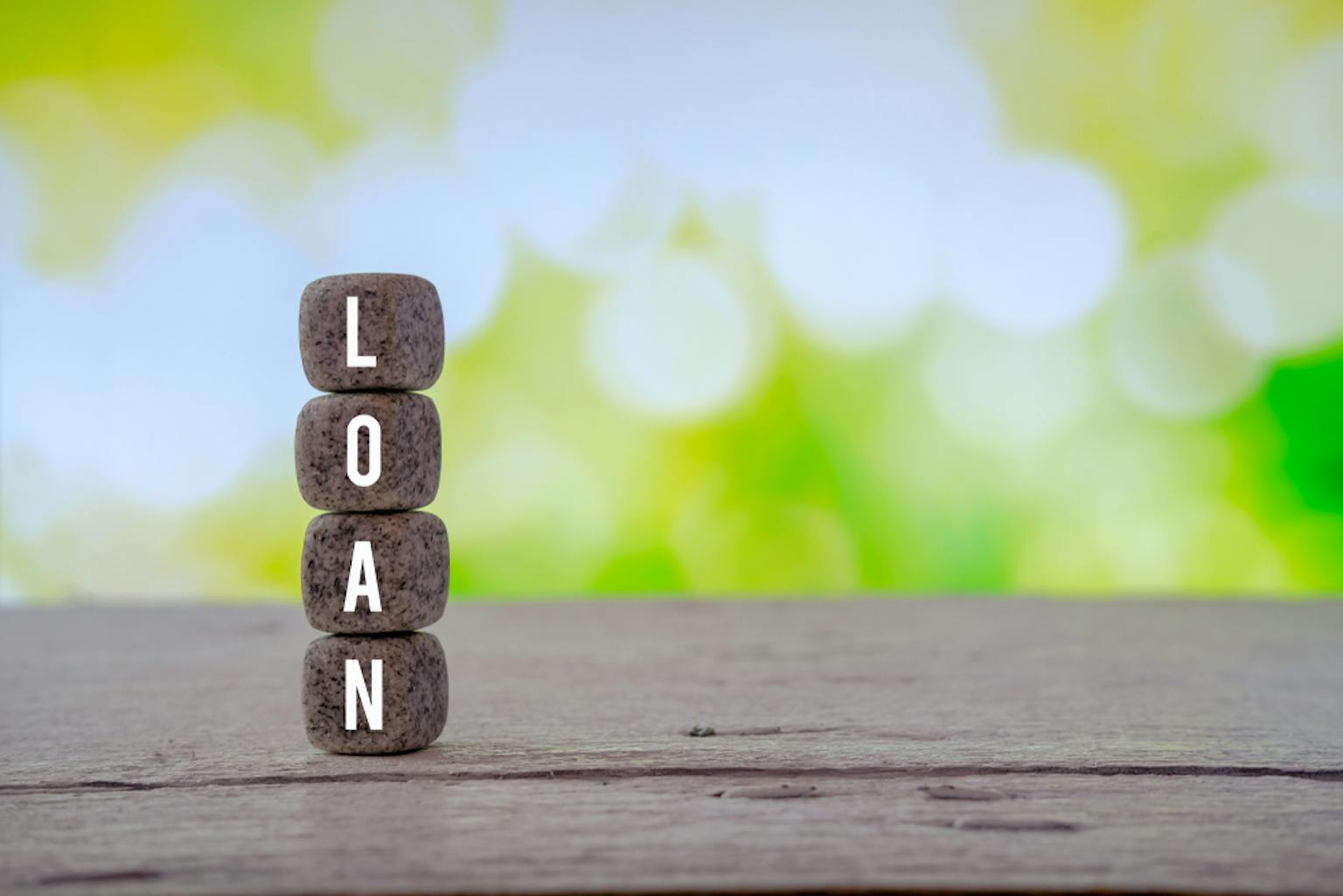
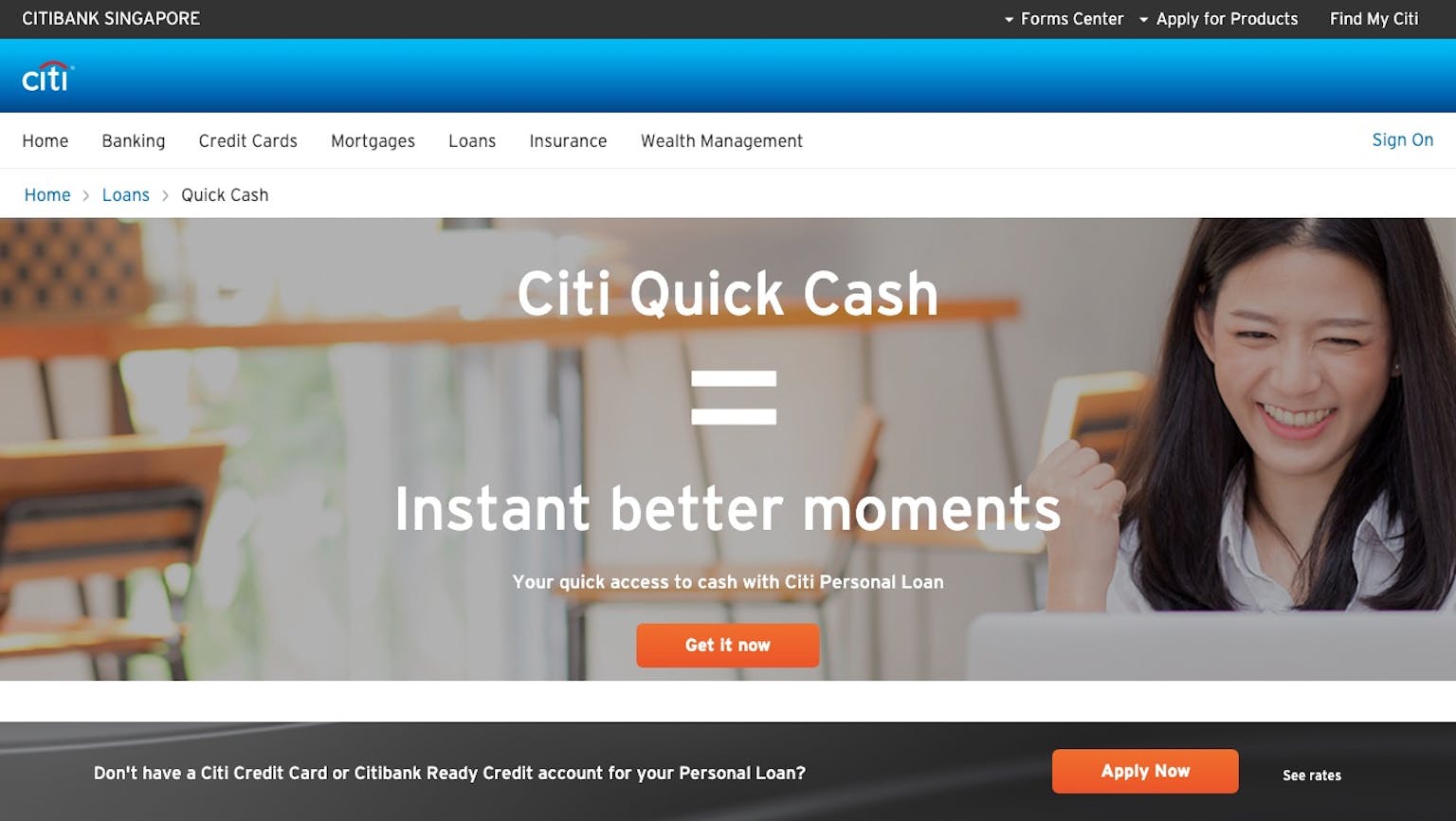
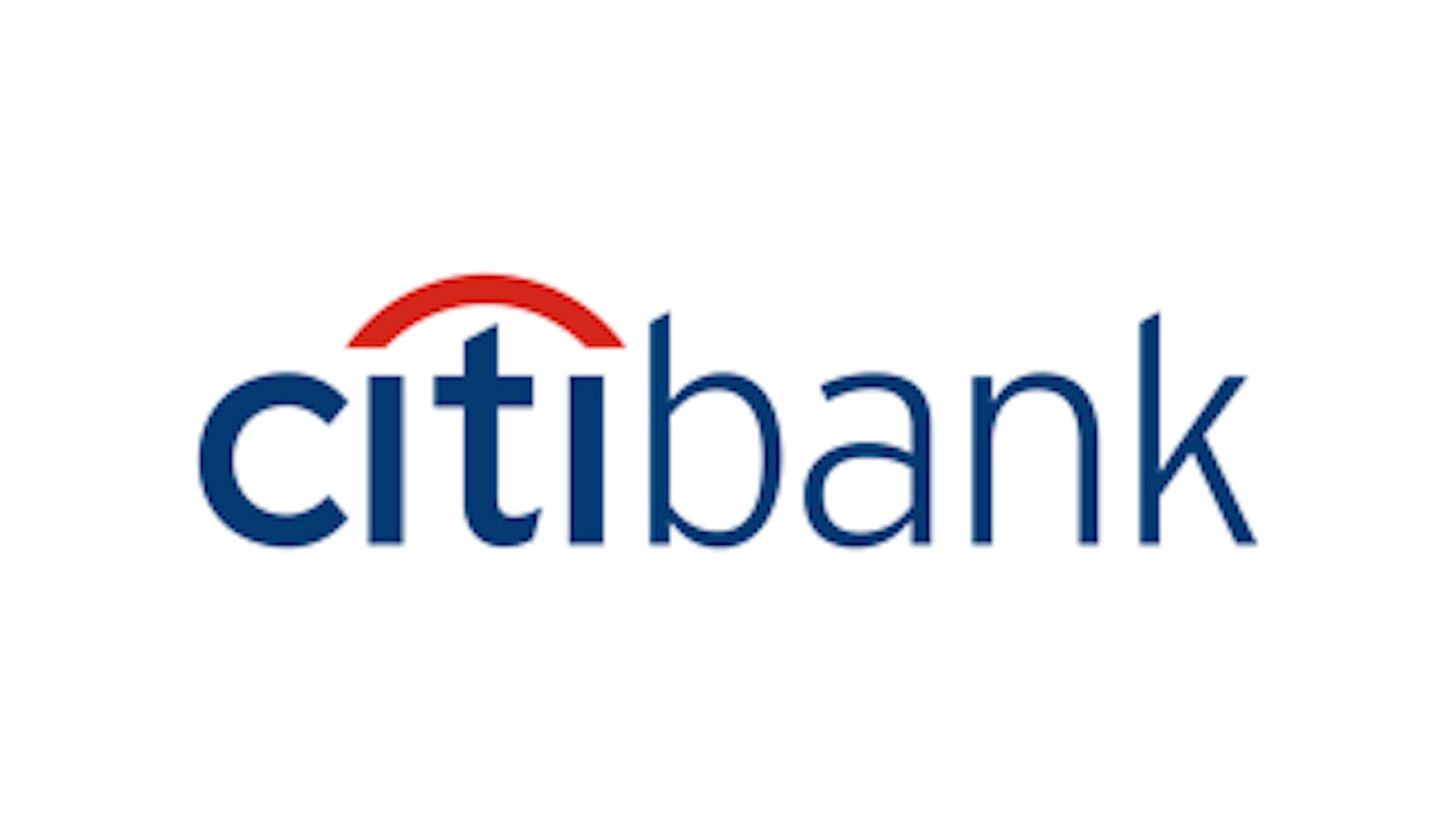
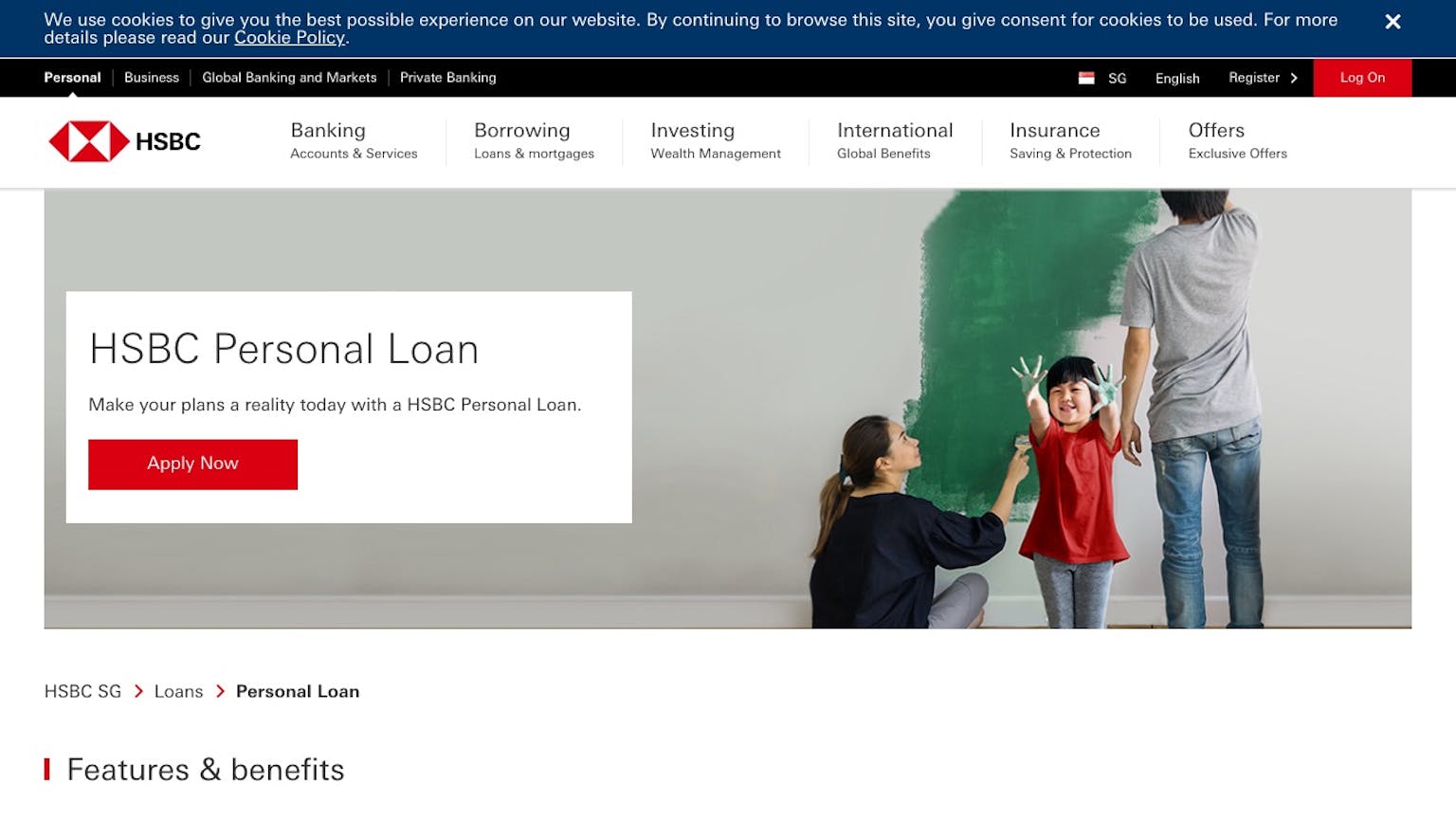
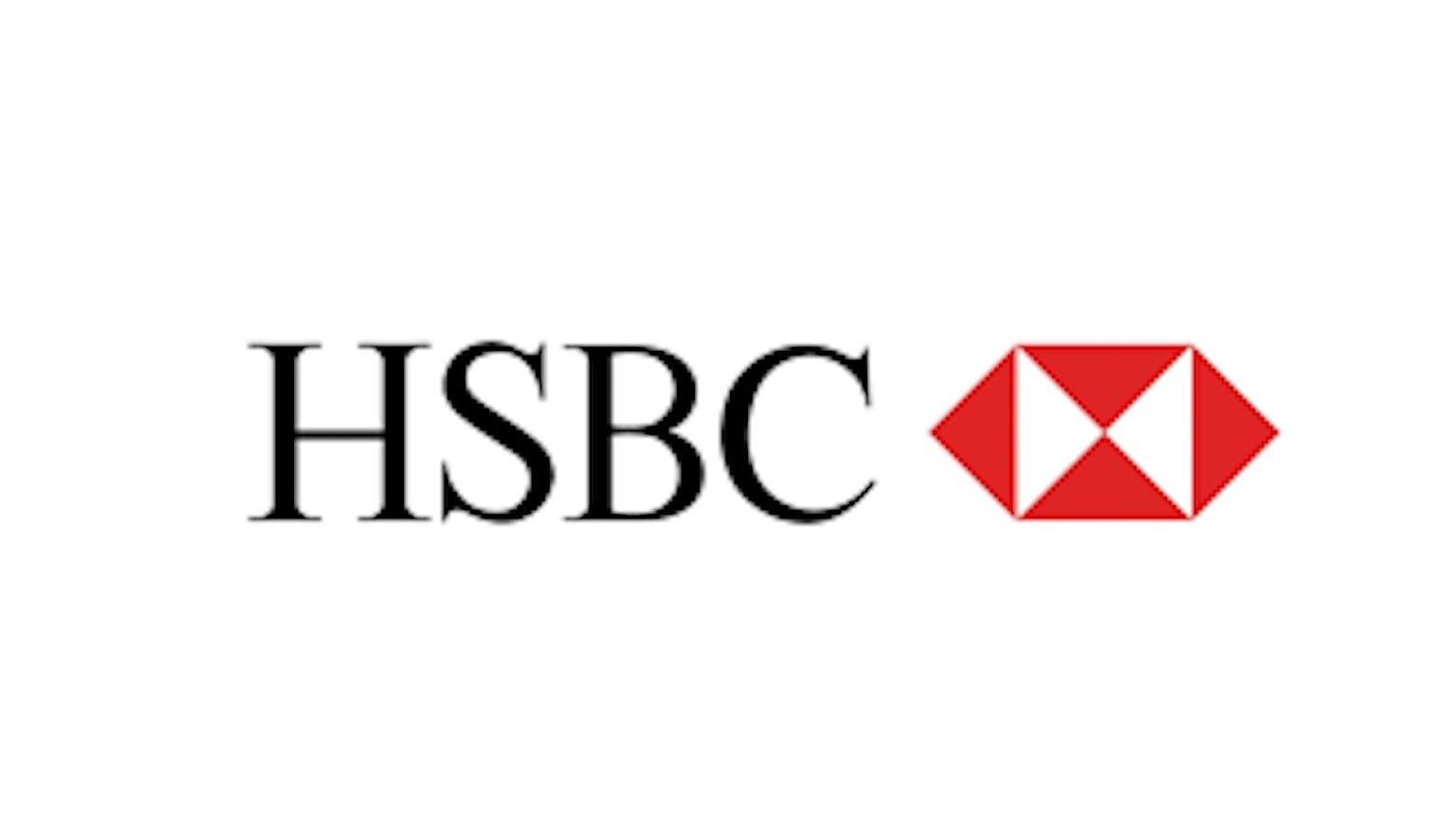

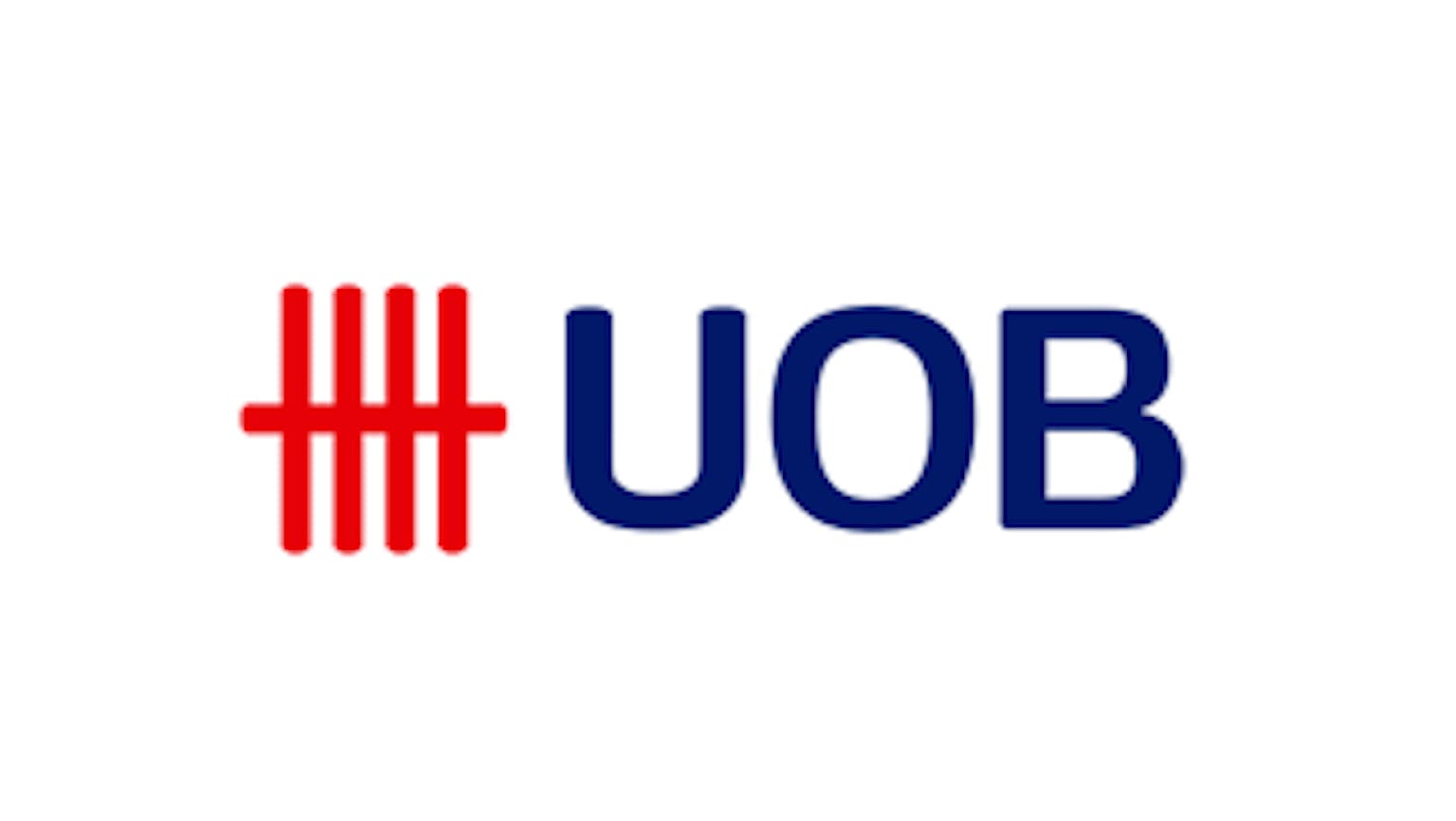
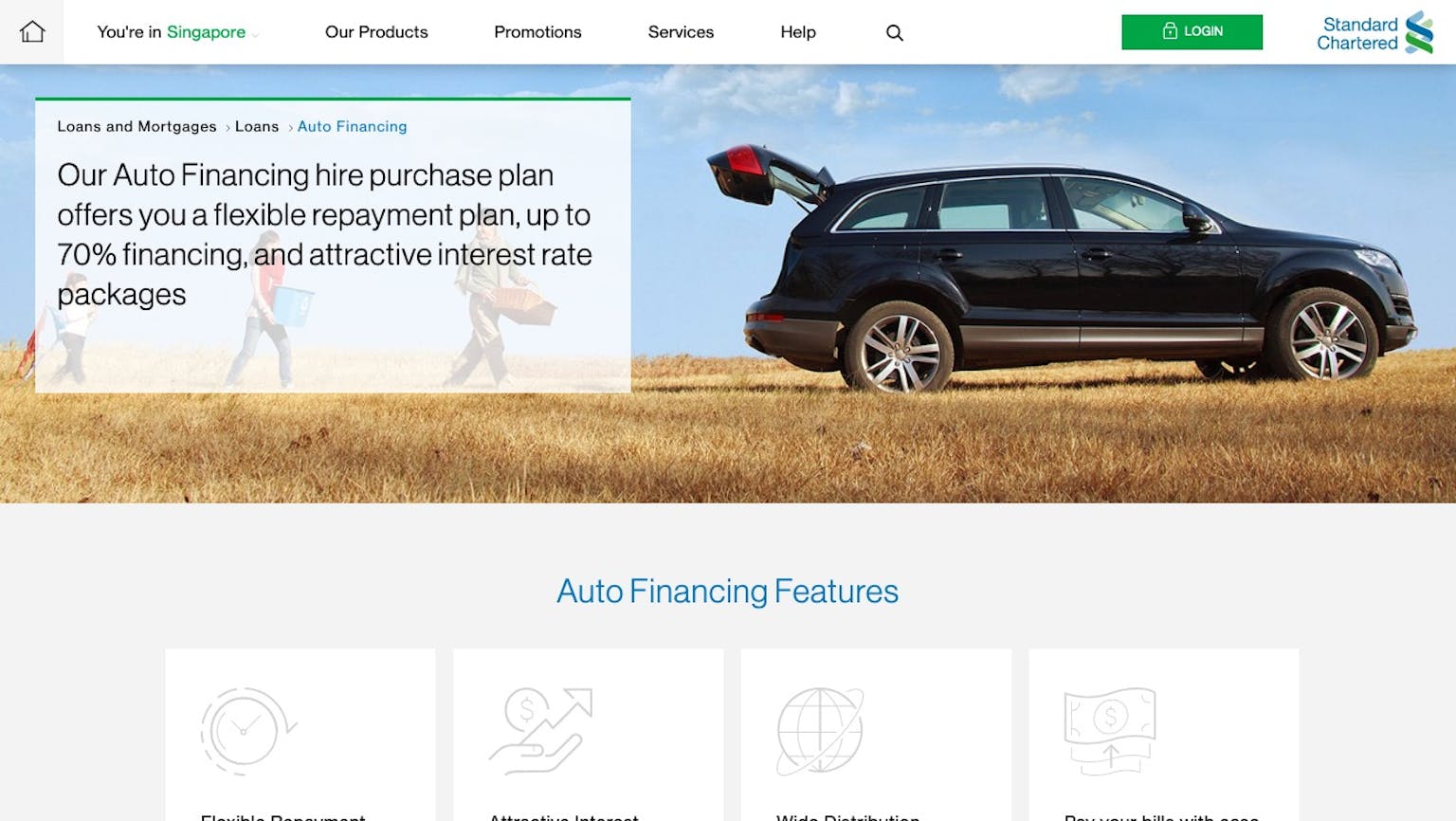
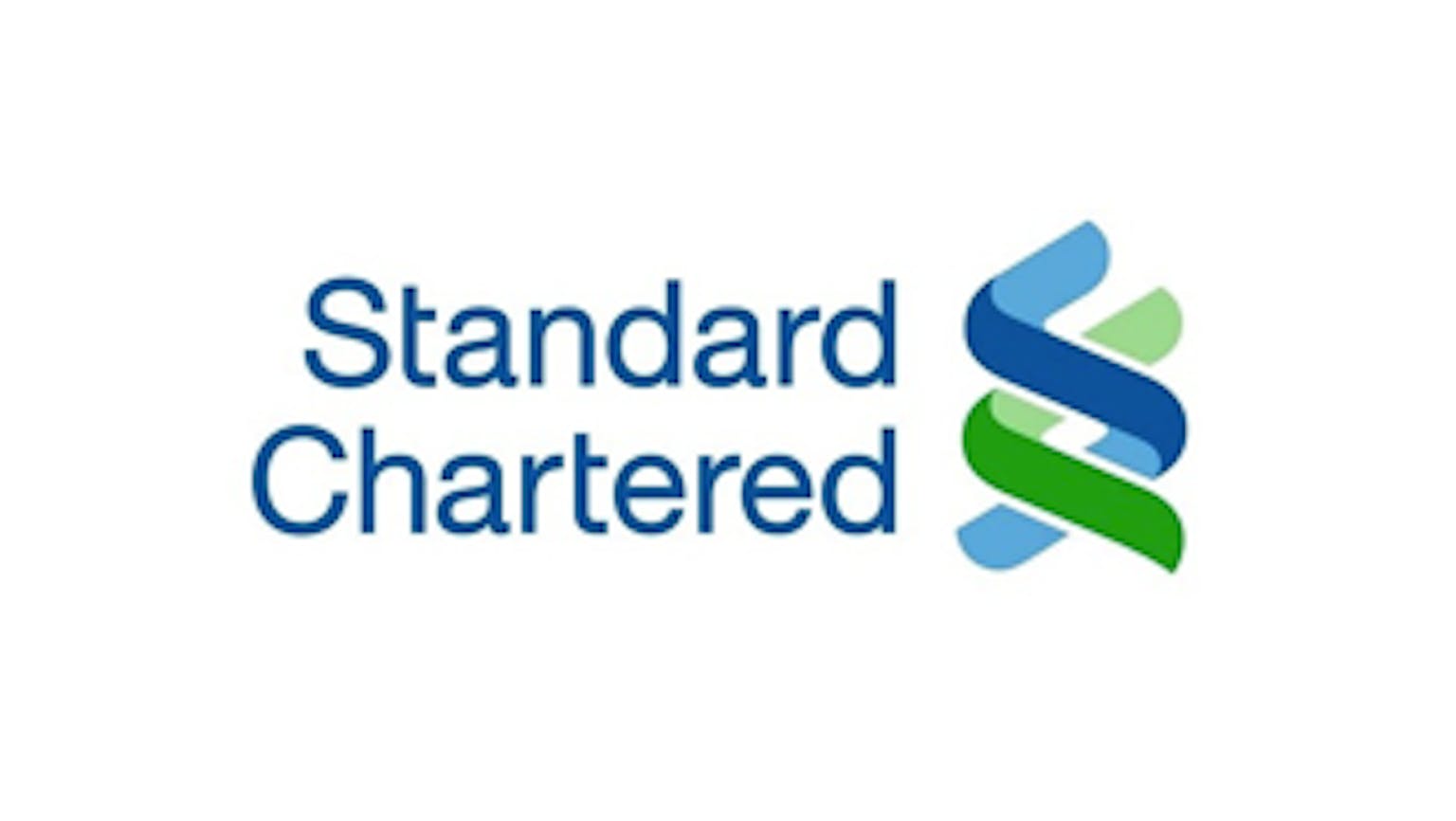
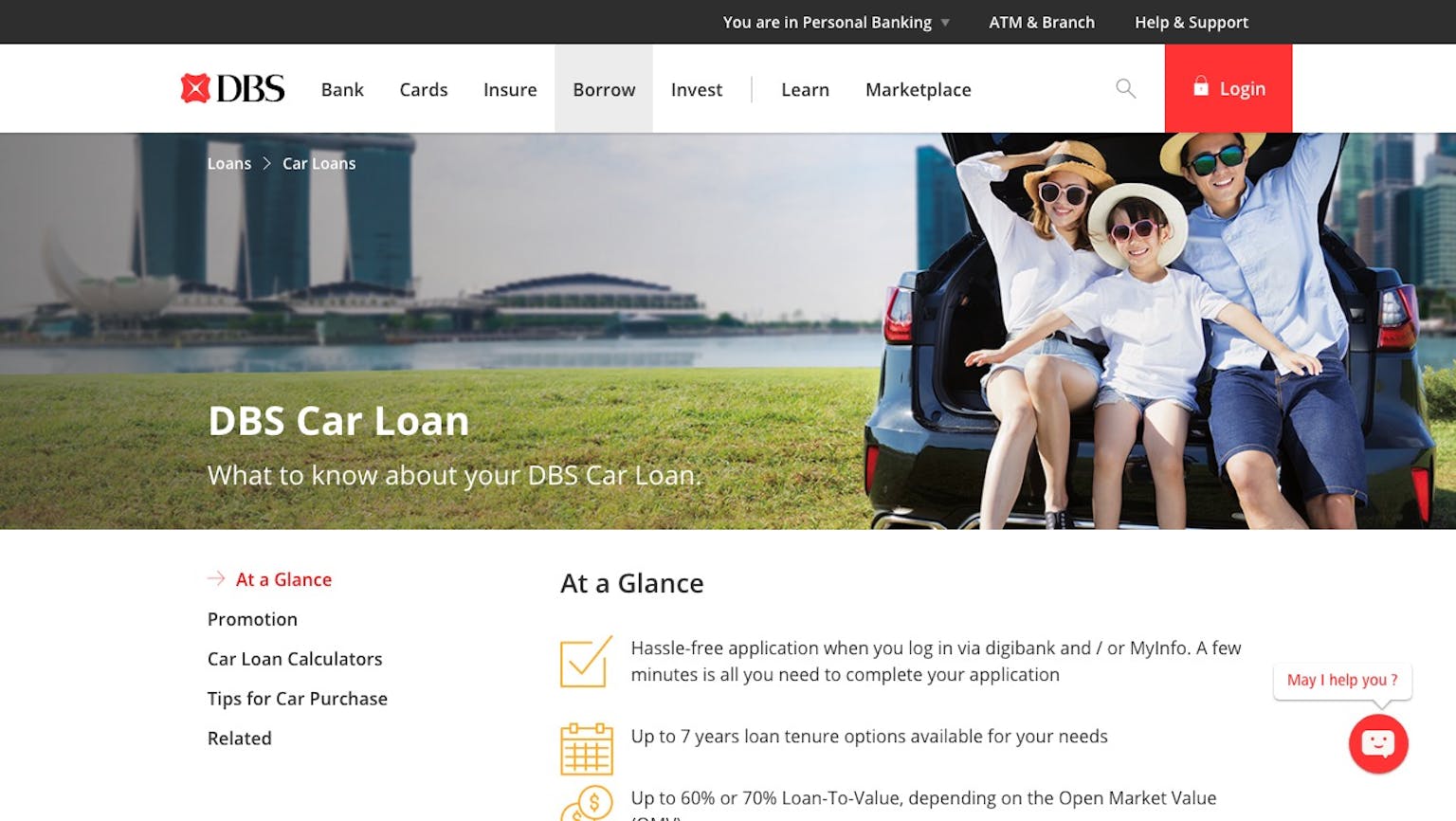
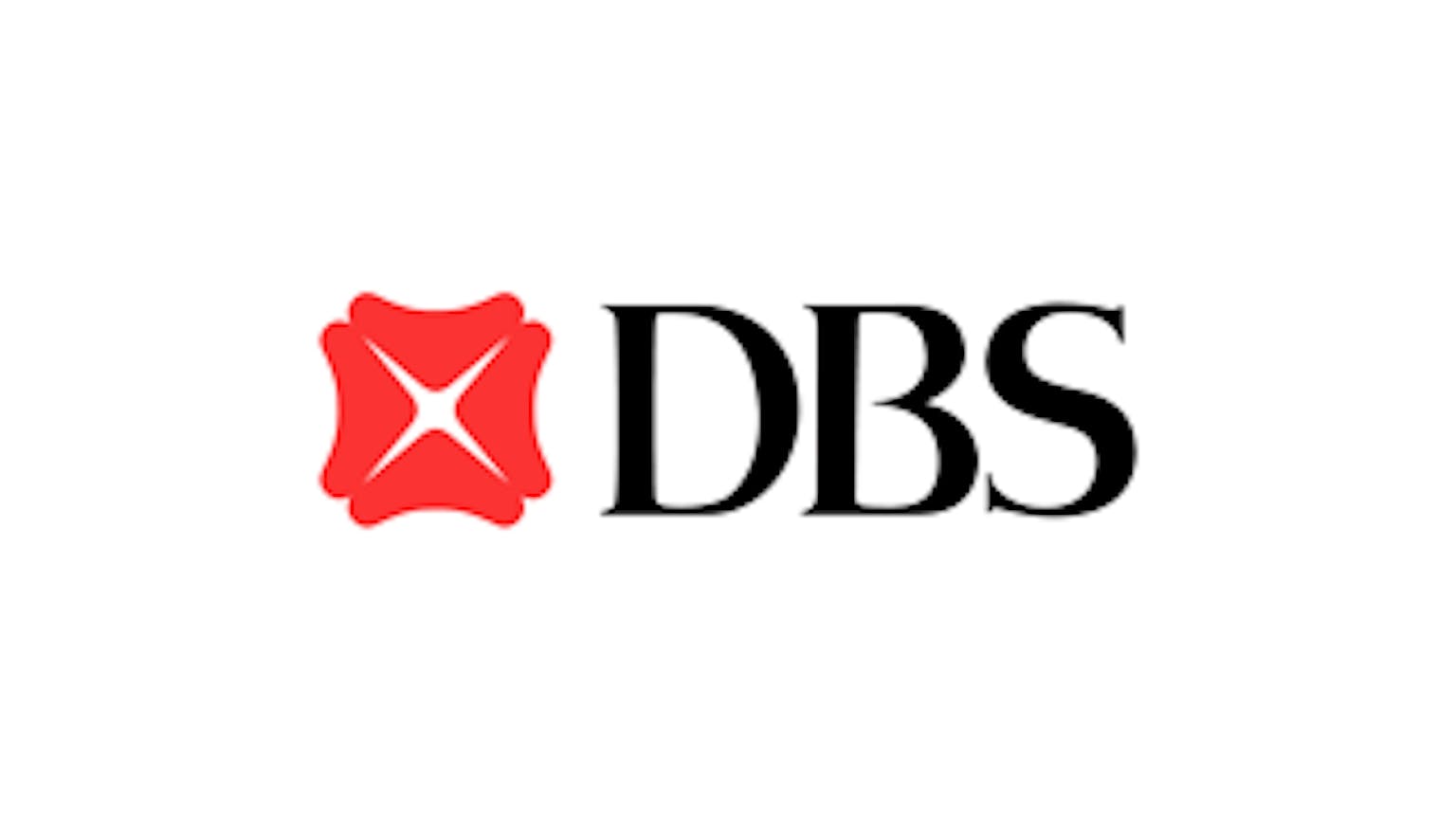
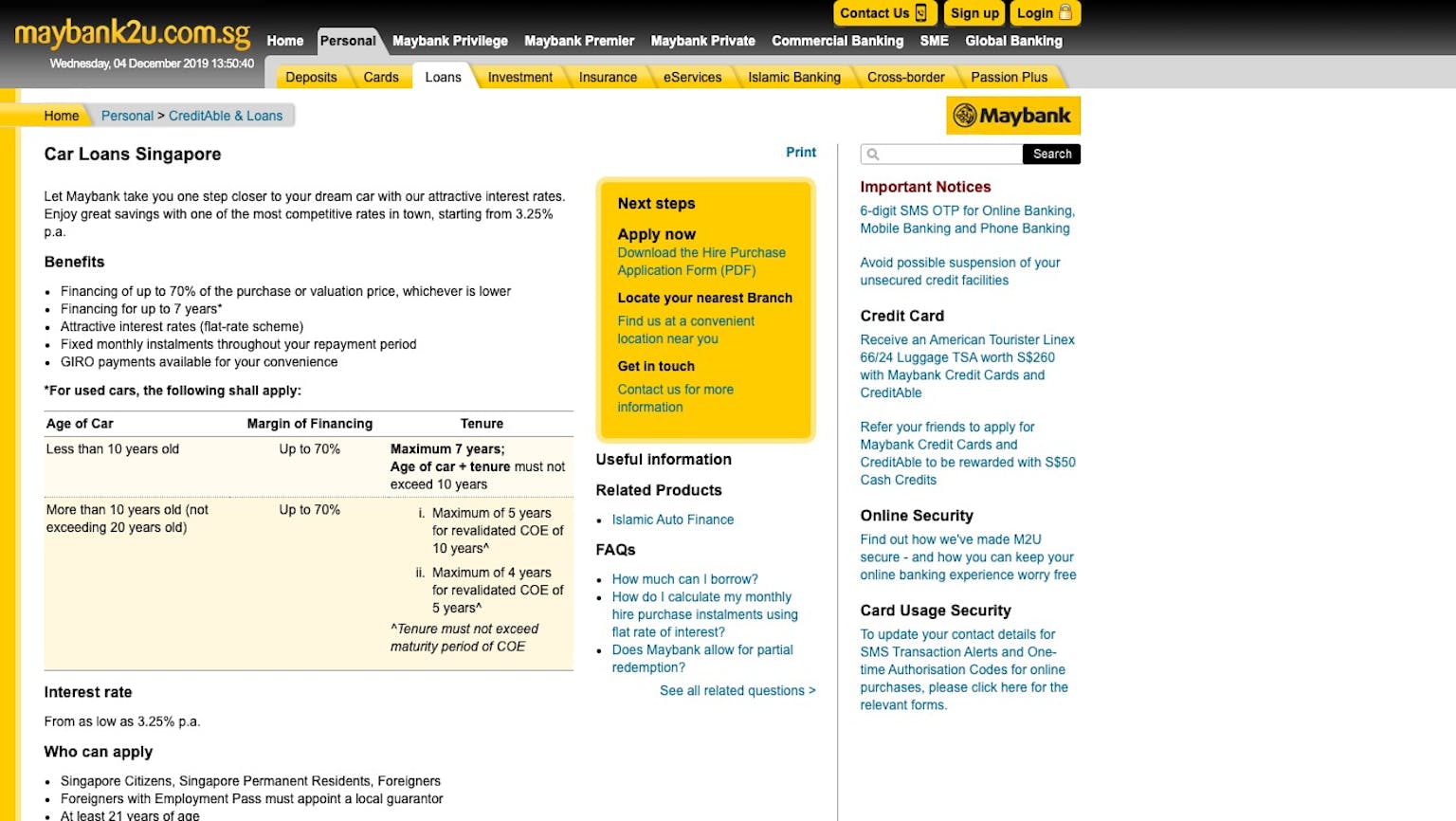


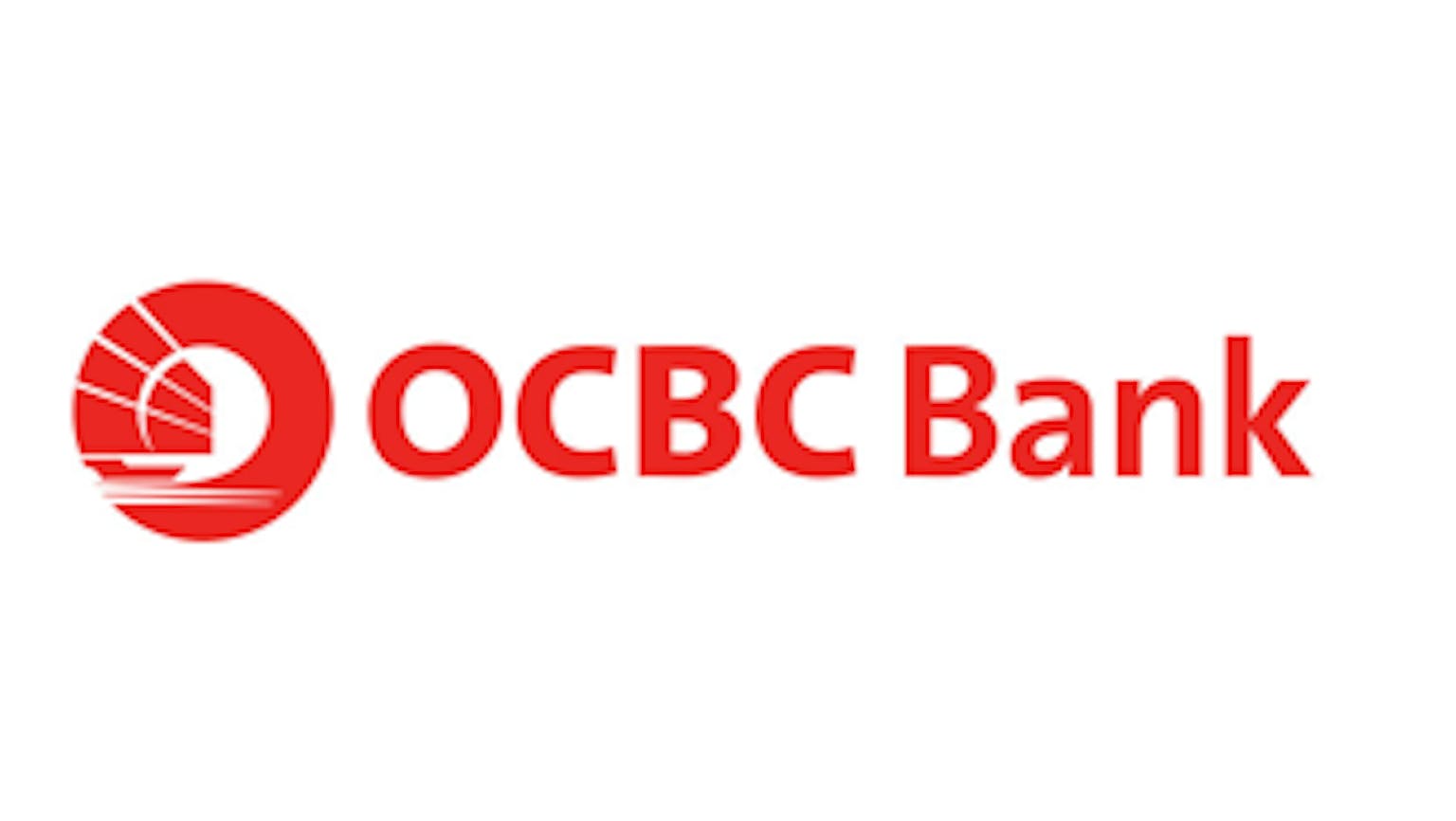
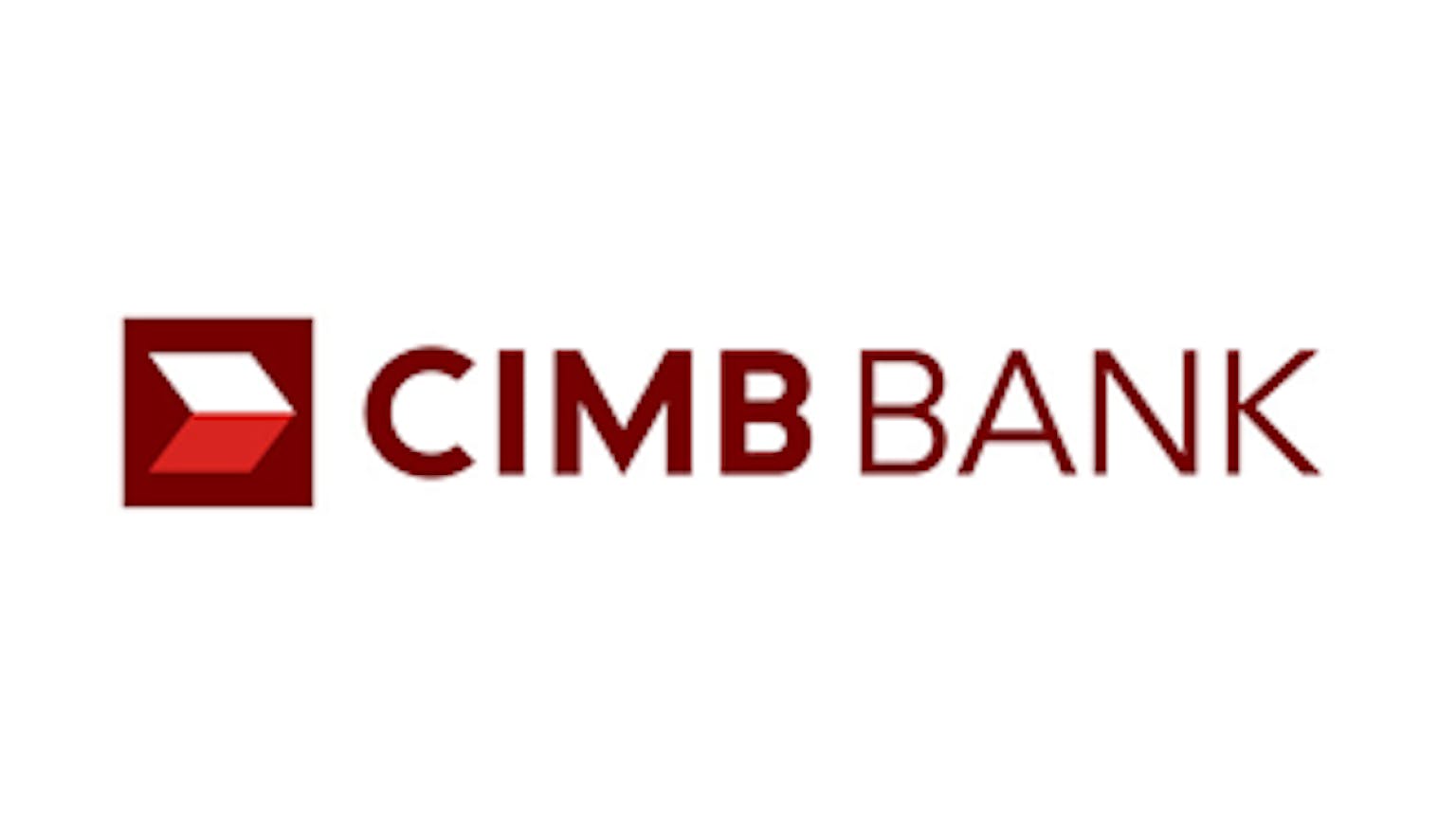

Please leave your knowledge and opinion!